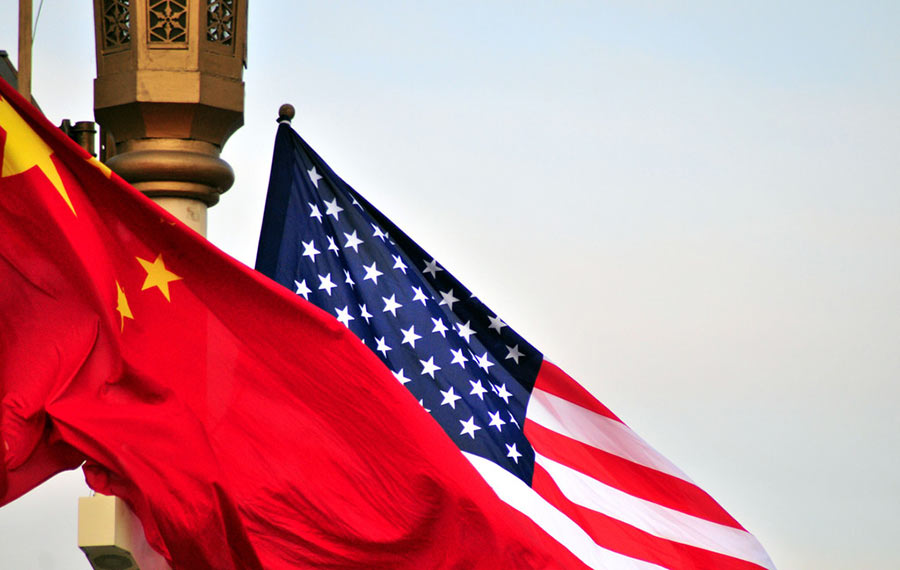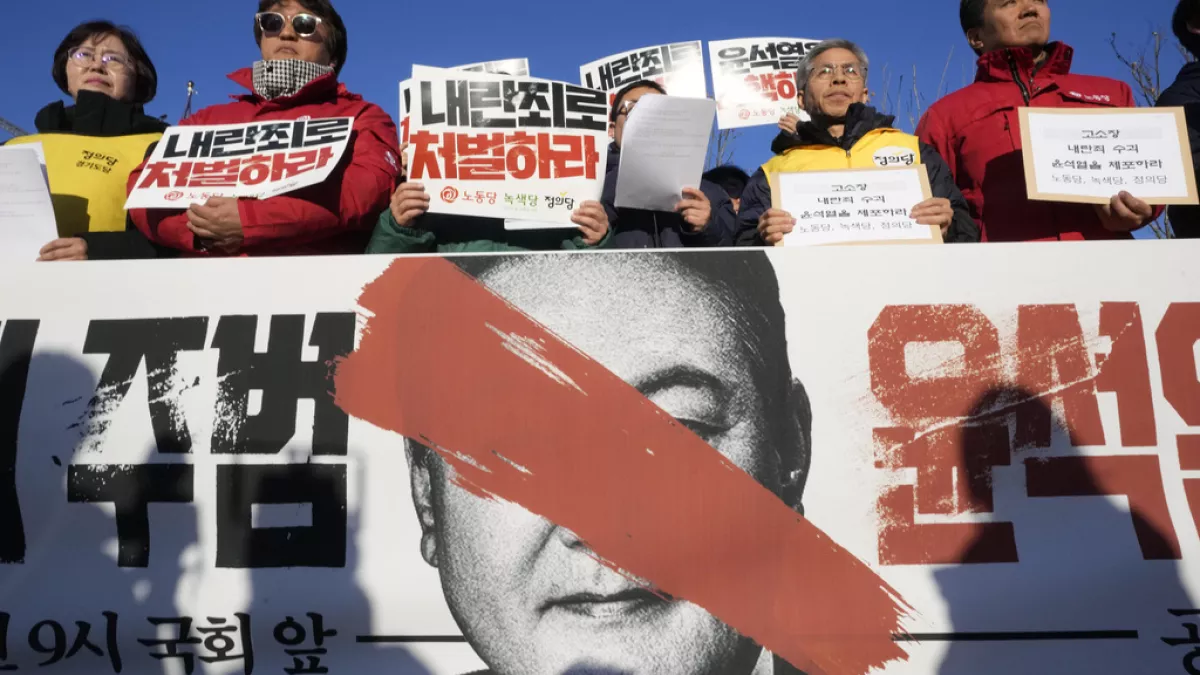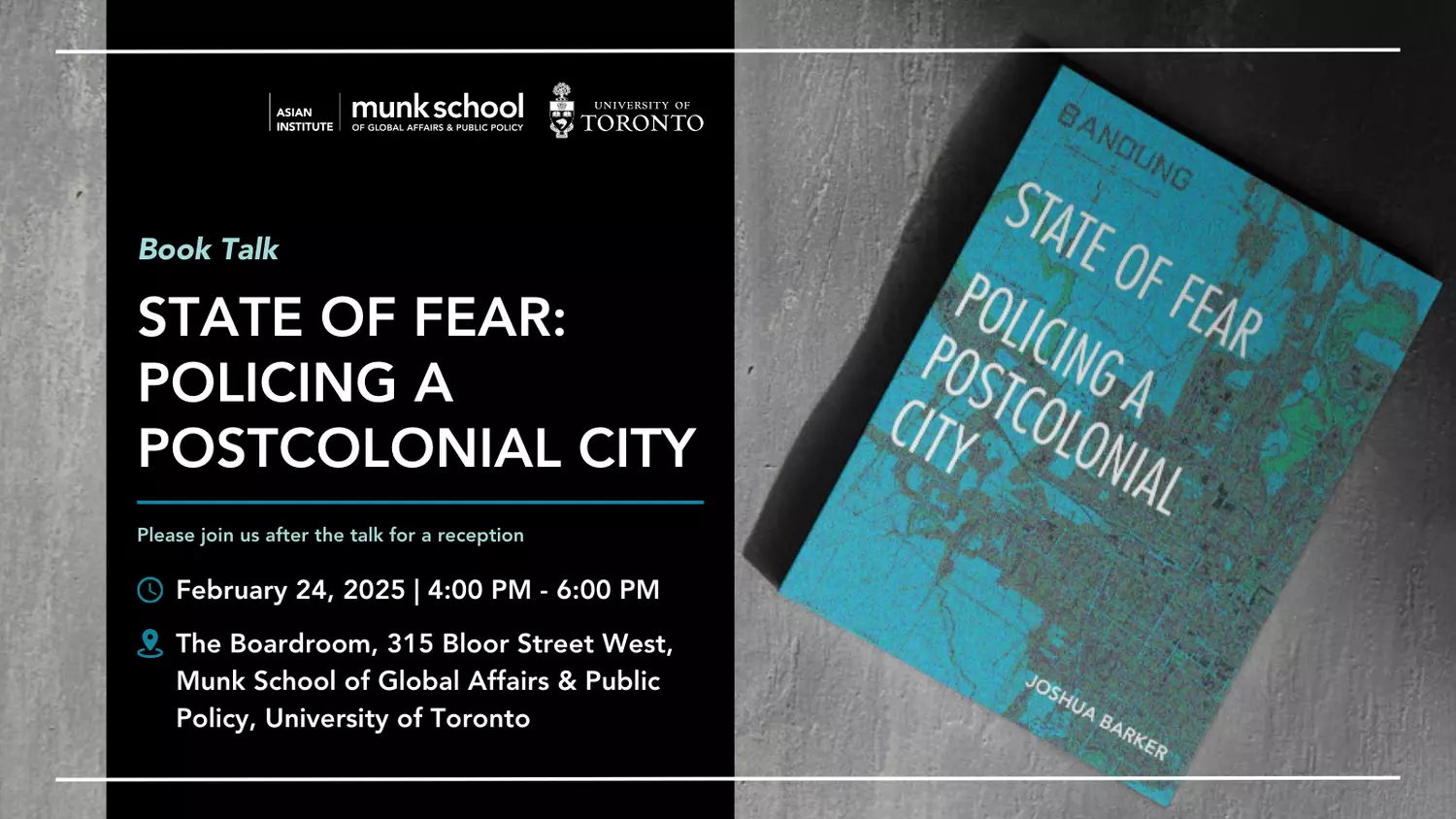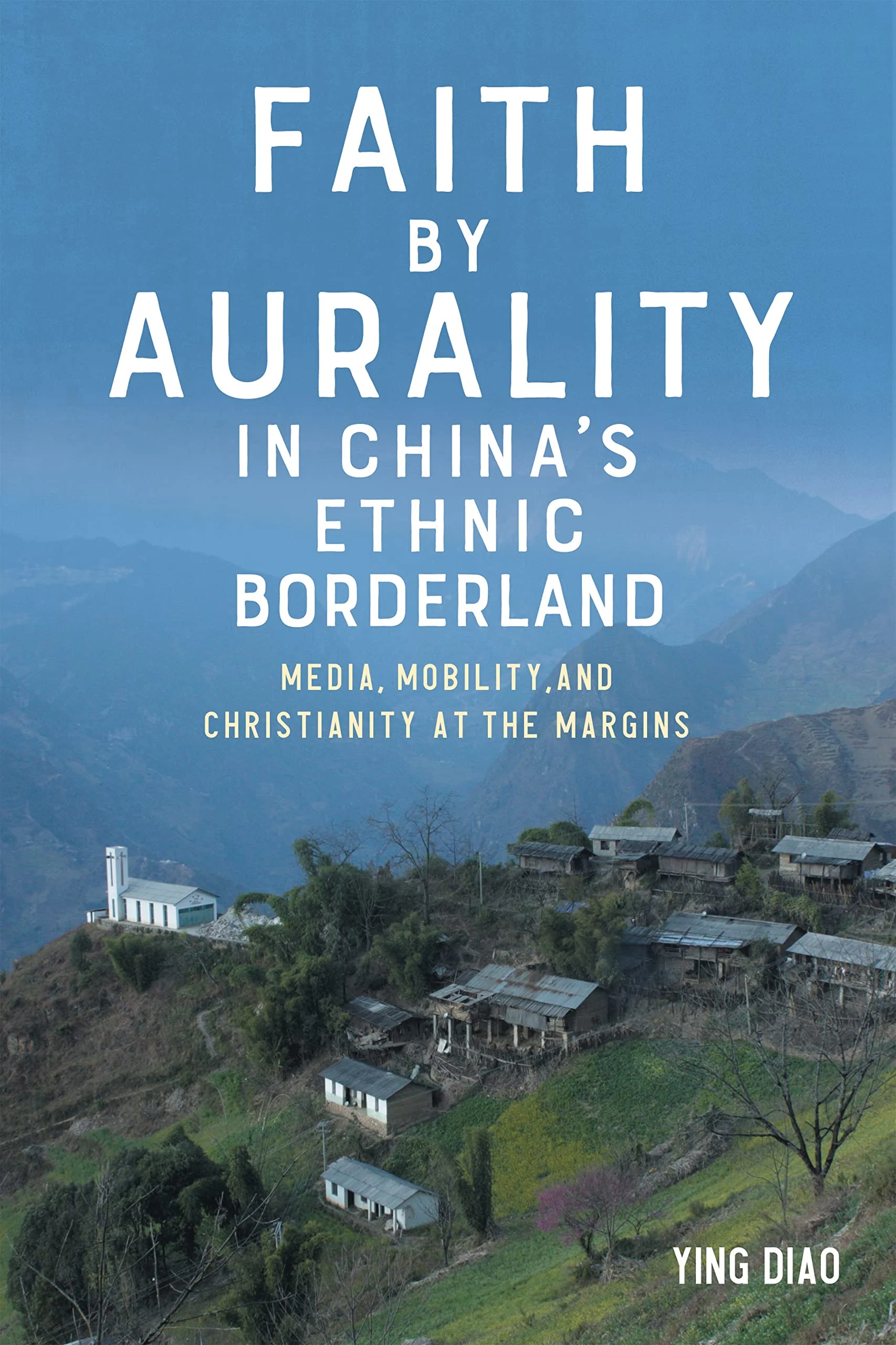Napoleon’s foresight that China’s awakening would “shake the world” has indeed materialized. Over the past four decades, the People’s Republic of China (PRC) has stood up from impotence and backwardness to a leading position in global affairs. This evolution marks a pivotal moment in state dynamics. China’s ascension especially poses a significant test to the United States, which sees itself as a Pacific power and global leader. In the last five years alone, the relationship has experienced one of its most significant evolutions since normalization in 1979. Tensions are rising, differences are expanding, and interactions are more complex.
Consequently, the perspective of the U.S. government has moved from viewing China as a potential “responsible stakeholder” to considering it a “strategic competitor.” This shift in rhetoric has paralleled an ongoing exchange of criticisms between Washington and Beijing over each other’s policies and actions, contributing to a marked decline in both formal government dialogues and informal interactions across business, civil society, and education sectors. The global pandemic that began in 2020 exacerbated these tensions, further souring perceptions and engagements. The often-spotlighted trade disagreements and ambitions for global economic dominance represent only a fragment of a broader and multifaceted rivalry between the two nations. By exploring the ongoing strategic rivalry between China and the United States, this paper offers a holistic academic understanding of the Sino-American historical trajectory and future direction. Together, these factors suggest a reevaluation of the perceived China threat, identifying that the core of the escalating friction between the two powers may stem not from China’s rise itself, but from misconceptions and apprehensions surrounding it.
Through much of the Cold War, competition and rivalry defined the Sino-American relationship in the so-called “Third World.” Historians like Gregg Brazinsky have dismantled the myth of the Cold War as merely a bipolar conflict between East and West. Instead, he underscores the significant yet often overlooked competition for “status” between Beijing and Washington in newly independent African and Asian nations during the 1950s and 1960s. This era underscored China’s efforts to project itself as a formidable force distinct from other great powers, leveraging its unique position as a non-Western nation that had overcome colonial subjugation to appeal to emerging states.
Mao Zedong’s role in shaping the PRC’s foreign policy aimed at elevating China’s global stature through revolutionary support and diplomatic outreach. This strategy directly confronted U.S. ambitions, leading to an interplay of influence and resistance. Central to this narrative was the shared perception of China as a once-great civilization humiliated by colonial powers, a sentiment that fueled both its national resurgence and its appeal among Third World countries seeking to break free from colonial legacies. As a result, despite emerging from World War II as a superpower, the United States harboured an exaggerated fear of China’s influence; it perceived even minor improvements in China’s influence within African and Asian nations as a concern, frequently contesting nearly all of China’s attempts to enhance its global profile. This misperception of China’s influence eclipsed reality and intensified a rivalry that did more harm than good to the global standing of both nations. American policies often came across as domineering, leading to accusations of neocolonialism and grievous policy errors such as the Vietnam War, playing into Beijing’s revolutionary zeal. While this zeal attracted nations with strong anti-colonial sentiments, China also risked alienating more moderate states and escalating conflicts with neighbours.
Since the Cold War, the developments in the U.S.-China story warn of a more ambiguous and potentially more problematic trajectory, where the differences between the two states have been growing in importance and tend to “obstruct improvement in Sino-American relations.” Under presidents Donald Trump and Xi Jinping, the emphasis on respective national interests had risked potentially pushing their bilateral relationship towards a collision course on trade, maritime security, military procurement, human rights, policy towards espionage, and the status of Taiwan. Diverging interests and values have often been cited as a key determinant to explain the uncertain situation prevailing in contemporary Sino-American relations. For example, Robert Sutter discusses exceptionalism in both countries and how it leads policymakers to attribute problems in the relationship to the other side. American exceptionalism fosters the belief that America holds the moral high ground. In contrast, Chinese exceptionalism, coupled with a state-fostered ‘victim mentality,’ nurtures the view that China is always morally correct in its foreign decisions. Exceptionalism on both sides limits the ability of national leaders and elites to consider the other’s interests.
The future of the Sino-American relationship often centres around the debate over the possibility of conventional warfare. Some scholars like Christopher Coker highlight the enduring nature of great power conflicts, suggesting that despite the sophistication of global interdependence, the risk of a U.S.-China military confrontation remains significant. Contrary to narratives that downplay war risks, Coker highlights the peril within the Thucydides Trap, noting that the ascent of a new power instills fear in the established power. This clarification implies that the challenge posed by the emerging power doesn’t just create fear; it also leads to the formation of alliances. These alliances, born from the dynamic tension between the rising and established powers, significantly heighten the risk of conflict. In stark contrast, Feng Zhang and Richard Ned Leblow challenge the inevitability of such a conflict, disputing the Thucydidean logic that rising powers inevitably provoke a confrontation with established ones. History prefers rising powers to engage with weaker states for cost-effective gains. The current trajectory towards hard competition and deterrence is more a product of national ego clashes and historical misinterpretations than of irreconcilable differences. As a result, both the U.S. and China have missed opportunities for cooperation and the dangers of failing to recognize each other’s core interests. This is seen through the lack of execution to devise a comprehensive strategy by the Obama administration to forge a stable relationship and the announcement of an air defence identification zone in the East China Sea in 2013.
In analyzing U.S.-China relations, Taiwan is often identified as a critical juncture where geopolitical tensions could escalate into military conflict. This assertion, commonly amplified by certain media and military proclamations, posits an inevitable clash between the U.S. and China due to China’s assertiveness. However, a closer examination of political dynamics within China, Taiwan, and the United States suggests a more complex reality where the prospect of invasion is not predetermined, but contingent upon a constellation of strategic decisions by the leadership in these three locales.
Since the U.S. shifted diplomatic recognition from Taipei to Beijing in 1979, the political and military capacities of the PRC have evolved, enhancing its ability to consider military options against Taiwan, though at considerable risk. Concurrently, Taiwan’s democratic progress over the last four decades has solidified a distinct identity among its populace, complicating Beijing’s unification objectives. The approach of Beijing towards Taiwan has seen phases of conciliation and aggression, particularly marked by a more assertive stance following the Democratic Progressive Party’s electoral success. Despite this, the prospect of a military invasion by China remains complex, influenced by Xi Jinping’s tenure and policies aimed at national revival. Xi’s strategy, while assertive, continues to emphasize peaceful unification, suggesting a preference for a gradual approach over immediate military escalation.
The strategic calculus also involves the role of U.S. policy, which is pivotal in maintaining stability in the Taiwan Strait. The U.S. seeks to deter unilateral aggressive actions by Beijing while avoiding steps that could escalate tensions, such as formal defence agreements with Taiwan that could contravene the “one-China policy.” For decades, the United States has remained deliberately ambiguous about how it might respond were China to attempt to reunify Taiwan by force—following a policy of “strategic ambiguity.” However, presidential transitions pose problems for the continuity of the policy of strategic ambiguity. Both Trump and Biden have verbally dismissed the policy and suggested that the United States would aid Taiwan militarily were China to attack. A newly briefed Biden later retreated from that position, and Secretary of State Blinken issued an official clarification saying, “We have a serious commitment to Taiwan being able to defend itself… it would be a serious mistake for anyone to try to change that status by force.” Despite these fluctuations, the policy of strategic ambiguity continues, necessitating a balance that maintains policy consistency with past approaches to Taiwan Strait relations and avoiding actions or statements of a shift in the U.S. stance on Taiwan.
The emerging consensus on the Sino-American rivalry suggests it is primarily driven by perceptions and narratives, a key ingredient for confrontation if left unaddressed. This rivalry is defined by a relationship that is frequently ineffective and consistently burdened by misunderstandings, disagreements, and mutual frustration. The February 2023 Chinese spy balloon incident, while strategically minor, marked a significant moment in recent U.S.-China relations. leading to a tougher stance from Beijing on direct communications with U.S. leaders. Beijing’s reaction to the U.S. response, particularly its claim that the balloon was merely a civilian airship blown off course, was seen as an attempt to downplay the incident. However, it did not alleviate the concerns, leading to heightened scrutiny and calls for a tougher stance on China within the U.S., as well as influencing the trajectory of bilateral engagements, including the postponement of planned diplomatic visits. Of course, these shifts in attitude were also influenced by the U.S. technology competition with China (now known as the chips war), tensions over Taiwan, and hostile U.S. legislation towards China.
In the context of East Asia’s strategic environment, marked by anticipation of the China threat, nations from Japan to India have intensified their military focus. Concurrently, the U.S. security system has grown through structural frameworks such as AUKUS and the Quad. This escalation in regional military budgets and the expansion of bases juxtapose China’s own military advancements, suggesting a contour of a renewed containment strategy reminiscent of Cold War dynamics.
The escalation of U.S.-China tensions has been further exacerbated by the policies of recent U.S. administrations, which have shifted from seeking common ground to a stance focused on “managing” the bilateral relationship. These shifts have led to sidelining cooperative ventures and viewing China predominantly through the lens of competition and threat. Since the global financial crisis of 2008, China’s leaders have concluded that the U.S. was in a state of decline and China’s time to pursue its goal of “great national rejuvenation” has arrived. However, it was Donald Trump’s leadership that brought the relationship to disaster. With little understanding of China and a great deal of misunderstanding, Trump’s China policy was openly hostile and actively confrontational. In quick succession, he abandoned the Trans-Pacific Partnership, demanded that China significantly increase its purchases of U.S. goods, terminated the Fulbright and Peace Corps program in China, and cut cooperation with China’s Center for Disease Control. Further missteps followed.
In the realm of U.S. foreign policy toward China, bipartisan support in Congress has solidified rather than tempered the administration’s stringent approach, spanning across both Republican and Democratic members. This consensus reflected a shift in American sentiment towards China, fueled by Beijing’s aggressive maneuvers in the South China Sea, protectionist economic strategies, and a tightening grip on authoritarian control. Such actions have not only soured America’s perception of China but also caused disillusionment within the U.S. business sector, traditionally a proponent of engagement with China. Despite this, significant segments of the American economy remain opposed to escalating the trade conflict, with entities like the U.S. Chamber of Commerce in June 2019 advocating for renewed negotiations and a comprehensive trade deal with China. Together, the expansion of China’s surveillance apparatus and the establishment of detention camps in Xinjiang have galvanized bipartisan efforts in Congress to adopt a firmer stance against China’s human rights abuses, including sanctions against Chinese officials. There’s growing unease over China’s tactics to wield influence within American society through multiple conduits, including individuals of Chinese heritage, academic entities like Confucius Institutes, think tanks, the educational sector, media platforms, and the business community. The U.S. Congress has responded to these worries with a series of discussions and legal measures, notably the Foreign Influence Transparency Act and the Countering Foreign Propaganda Act, aimed at mitigating these concerns and the underlying risk of espionage.
As a result of this anti-China climate, foreign policy and China specialists advocating against a purely confrontational approach are increasingly sidelined. An open letter to Trump and Congress, endorsed by about a hundred individuals including experts with prior experience in dealing with China, called for a reassessment of the adversarial depiction of China. They argued against viewing China as a monolithic economic enemy or a national security threat that necessitates confrontation across all fronts, questioning the premise that China aspires to supplant the U.S. as the global hegemon.
While there has been some policy shift from Trump to Biden, underlying tensions and challenges in the U.S.-China relationship persist. Scholars like Mel Gurtov are critical of Biden’s China policies. Biden, he notes, views China’s rise as a threat to American values, defining the relationship in ideological terms of democracy versus dictatorship and calling for “managed competition.” He argues that Biden has made meaningful engagement and dialogue virtually impossible. The relationship remains strained. Secretary of State Anthony Blinken’s conclusion that the two countries are “fundamentally at odds” seems to be the governing principle. This perspective, deeply ingrained in U.S. economic and military planning and echoed in bipartisan legislative measures, not only compromises Taiwan’s security but also diminishes the capacity to influence China’s domestic policies concerning human rights.
Furthermore, the perception among Chinese national security analysts that the U.S. should lead in de-escalating tensions underscores a notable discrepancy in the assumed self-confidence of the Chinese leadership and the reality of China valuing its relationship with the U.S. more profoundly. This analysis is juxtaposed with an overestimation of China’s capabilities and intentions by the U.S., overlooking China’s internal challenges, ranging from economic constraints to social issues, which inevitably shape its foreign policy orientation.
The concept of competition has become a cornerstone of the discourse on U.S.-China relations, suggesting that strategic rivalry is now a defining element of U.S. economic, foreign, and security policy frameworks. This rivalry, framed as “great power competition,” lacks clarity on strategic goals and priorities across various policy domains. Questions about whether the aim is to reverse the power shift favouring China, adopt a comprehensive containment strategy akin to that used against the Soviet Union, seek regime change, or accept China’s rise as irreversible and maintain a level of economic interdependence remain unanswered. The U.S. strategy, contingent on the cooperation of international partners, faces the dual challenge of either pursuing a path of aggressive confrontation or seeking a balanced approach to counter China’s influence while engaging in areas of mutual interest.
Although American and Chinese interests will unquestionably continue to diverge on key issues, American officials should avoid overstating Chinese influence and steer away from broad generalizations about Beijing’s intentions. Hysterical responses to Chinese globalism accomplished little during the Cold War and reflected poorly on the United States. In the twenty-first century, such hysteria will only convince the PRC of Washington’s bad intentions, stir nationalist sensitivities, and increase the likelihood that Beijing will opt for greater assertiveness rather than moderation. Critics often highlight Xi Jinping’s harsh remarks towards the U.S., framing it as a major threat to China’s progress and a global agent of chaos. However, the U.S. must understand the context and seriousness of these statements before equating them directly with China’s policy actions. Such comments might not necessarily reflect the operational stance of Chinese policy any more accurately than off-the-cuff remarks about China by a U.S. president would indicate American policy. Thus, this calls for the two countries to put aside old stereotypes about China and embrace a more balanced view of the benefits and drawbacks that its rise will have.
There is no doubt that China has risen to extraordinary levels of power that cannot be calculated. This necessitates a recalibration of U.S.-China relations that reevaluates Cold War-era assumptions in light of China’s ascent. Such a reevaluation requires a response from the U.S. that goes beyond traditional defence mechanisms to include diplomacy, development, and technology. The U.S. must acknowledge China’s expanding sway over diverse domains from regional geopolitics to global governance. This demands broader engagement with international stakeholders and an understanding that, while the historical lessons of the Cold War provide valuable insights for navigating strategic competition, simplistic analogies fall short of capturing the present complex geopolitical landscape. The uncertainty surrounding future leadership in China adds to the complexity, challenging the West to adopt a more cautious stance, avoiding the trap of subscribing to reductive common notions, or letting media manipulation exacerbate disillusionment. The United States must keep in mind that in situations where it feels pressured or cornered, China has the capacity to respond with formidable strength. This dynamic does not inherently escalate conflict likelihood. However, the pattern of “tit-for-tat responses” that have become more common heightens the risk of future military engagements–a significant concern when it involves countries armed with nuclear weapons. Thus, while China’s early departure from its cautious “hide and bide” policy might seem like a tactical error that solidifies the resolve of the West, the path forward lies in maintaining vigilant, long-term engagement. Through this approach, China and the United States may foster a more constructive and stable international order beyond the oversimplified narratives.
Alice is a second-year undergraduate student at the University of Toronto, pursuing an Honours Bachelor of Arts in International Relations, Political Science, and East Asian Studies. Her primary research interests include human intelligence, espionage, warfare analysis, and security relations. These interests have driven her to present at conferences such as the Trinity College Undergraduate Research Conference (TCURC) and the Trinity-IID Student Conference on Intelligence and Security. As the lead editor for the East Asian section, Alice aims to provide in-depth analyses of the region’s evolving geopolitical landscape, focusing on military dynamics, national security concerns, and defense strategies.
Bibliography
“Blinken Warns of China’s ‘Increasingly Aggressive Actions’ Against Taiwan.” Reuters, April 11, 2021. Accessed March 25, 2024. https://www.reuters.com/world/china/blinken-warns-chinas-increasingly-aggressive-actions-against-taiwan-2021-04-11/.
Brazinsky, Gregg. Winning the Third World: Sino-American Rivalry During the Cold War. Chapel Hill: University of North Carolina Press, 2017.
Coker, Christopher. The Improbable War: China, the United States and the Continuing Logic of Great Power Conflict. London: Hurst & Company, 2017.
Gurtov, Mel. Engaging China: Rebuilding Sino-American Relations. Lanham: Rowman & Littlefield, 2022.
Hass, Ryan, Bonnie S. Glaser, and Richard C. Bush. U.S.-Taiwan Relations: Will China’s Challenge Lead to a Crisis? Washington, D.C: Brookings Institution Press, 2023.
Lillis, Katie Bo and Natasha Bertrand. “China Appears to Have Suspended Spy Balloon Program After February Shootdown, US Intel Believes.” CNN, September 15, 2023. Accessed March 25, 2024. https://www.cnn.com/2023/09/15/politics/china-spy-balloon-program-us-intelligence/index.html.
Maull, Hanns W., Angela Stanzel and Johannes Thimm. “The Importance of Domestic Politics for the Bilateral Relationship.” German Institute for International and Security Affairs, May 2, 2023. Accessed March 25, 2024. https://www.swp-berlin.org/10.18449/2023RP05/.
Medeiros, Evan S., ed. Cold Rivals: The New Era of US-China Strategic Competition. Washington, DC: Georgetown University Press, 2023.
Ochab, Ewelina U. “Let China Sleep, For When She Wakes, She Will Shake The World.” Forbes, January 13, 2024. Accessed March 25, 2024. https://www.forbes.com/sites/ewelinaochab/2021/01/13/let-china-sleep-for-when-she-wakes-she-will-shake-the-world/?sh=7c1b2cb56537.
Rudolf, Peter. “The Sino-American World Conflict.” German Institute for International and Security Affairs, February 4, 2020. Accessed March 25, 2024. https://www.swp-berlin.org/10.18449/2020RP03/.
Sutter, Robert G. US-China Relations: Perilous Past, Uncertain Future. Fourth edition. Lanham, MD: Rowman & Littlefield, 2022.
Thurston, Anne, Craig Allen, Mary Brown Bullock, Robert Daly, Thomas Fingar, Carla P. Freeman, Chas W. Freeman, et al. Engaging China: Fifty Years of Sino-American Relations. New York, NY: Columbia University Press, 2021.
Toosi, Nahal and Natasha Bertrand. “‘Fundamentally at odds’: China, U.S. Retreat to Their Corners After Alaska Talks.”Politico, March 19, 2021. Accessed March 25, 2024. https://www.politico.com/news/2021/03/19/china-usa-alaska-477267.
U.S. Chamber of Commerce. U.S. Chamber Statement on Resuming U.S.-China Trade Negotiations, June 29, 2019. Accessed March 25, 2024. https://www.uschamber.com/international/us-chamber-statement-resuming-us-china-trade-negotiations.
Wang, Orange and Yuanyue Dang. “Balloon Saga Has Had ‘Great Impact’ On US-China Relations, Analyst Says,” South China Morning Post, June 30, 2023. Accessed March 25, 2024. https://www.scmp.com/news/china/diplomacy/article/3226157/balloon-saga-has-had-great-impact-us-china-relations-analyst-say.
White House, National Security Strategy of the United States of America. December 2017. Accessed March 20, 2024. https://trumpwhitehouse.archives.gov/wp-content/uploads/2017/12/NSS-Final-12-18-2017-0905.pdf.
Zhang, Feng, and Richard Ned Lebow. Taming Sino-American Rivalry. New York, NY: Oxford University Press, 2020.
Zoellick, Robert B. Whither China: From Membership to Responsibility? September 21, 2005. Accessed March 25, 2024. https://2001-2009.state.gov/s/d/former/zoellick/rem/53682.htm.







